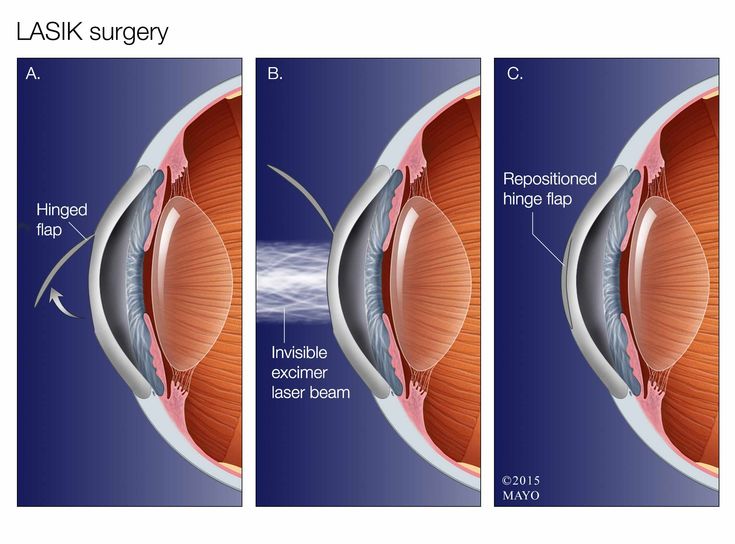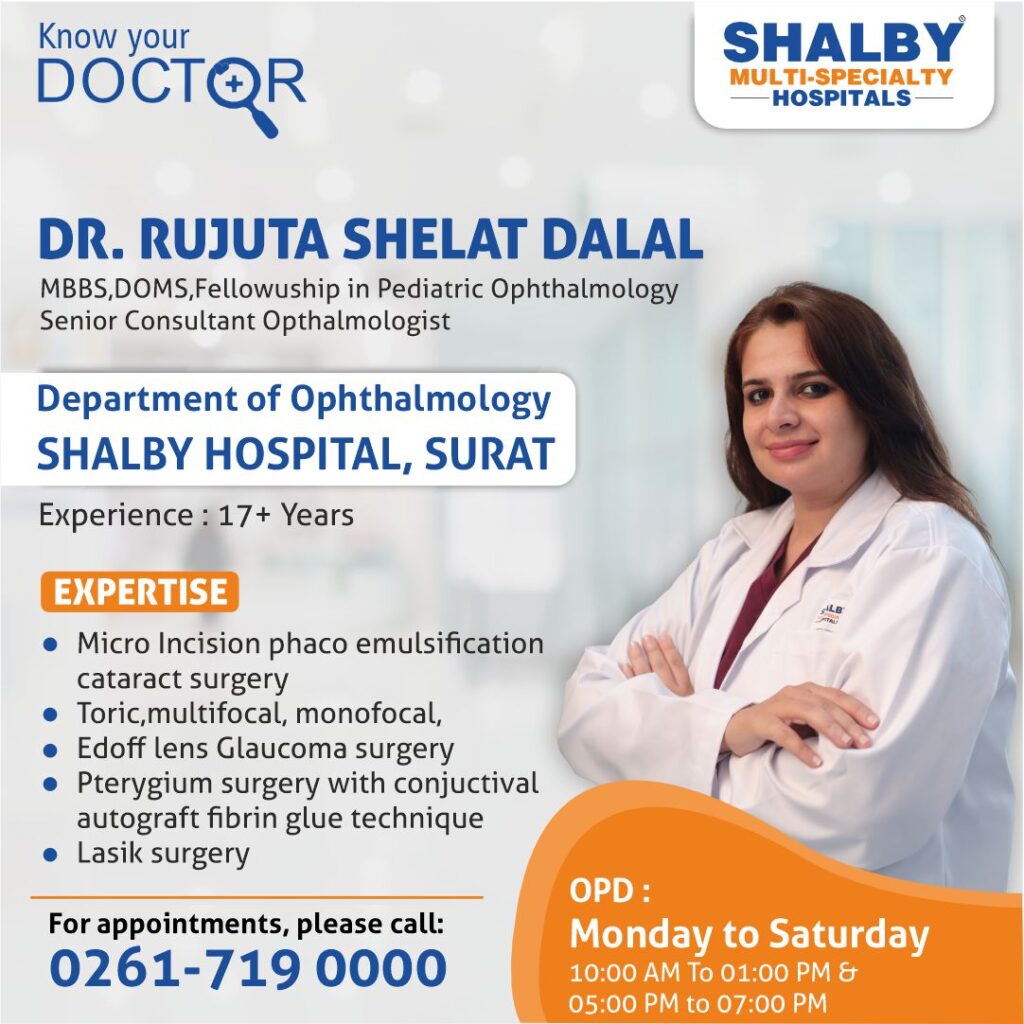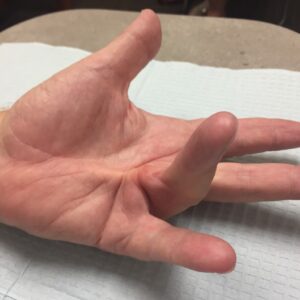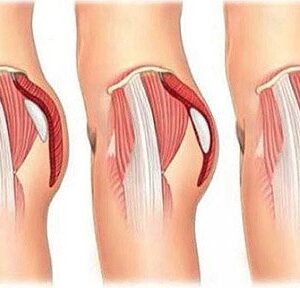LASIK: Refractive Surgery for Clearer Vision Without Glasses
Treatment Familiarity:
LASIK (Laser-assisted in situ keratomileusis) is a widely used ophthalmic surgical procedure to correct refractive errors, such as nearsightedness (myopia), farsightedness (hyperopia), and astigmatism. It utilizes a laser to reshape the cornea, the clear dome-shaped structure at the front of the eye, to improve your ability to focus light and achieve clearer vision without glasses or contact lenses. LASIK is a popular option for many people seeking vision correction due to its effectiveness and relatively quick recovery time.
The LASIK Procedure:
LASIK is typically performed on an outpatient basis and involves several steps:
- Anesthesia: Numbing eye drops are used to anesthetize the eye, and sometimes a mild sedative might be offered to promote relaxation.
- Creating a Corneal Flap: Using a specialized instrument (microkeratome or femtosecond laser), a thin, hinged flap is created in the outer layer of the cornea.
- Laser Ablation: An excimer laser precisely reshapes the underlying corneal tissue based on pre-measured corneal topography to correct the refractive error.
- Repositioning the Flap: The corneal flap is carefully repositioned back into its original place and naturally adheres without stitches.
- Healing: The corneal tissue heals and strengthens over time.
Suitable Candidates:
LASIK is a good option for individuals with:
- Stable Vision Prescription: Your eye prescription should be stable for at least a year before considering LASIK.
- Mild to Moderate Refractive Errors: LASIK is most effective for correcting mild to moderate degrees of nearsightedness, farsightedness, and astigmatism.
- Healthy Corneas: The cornea needs to be of sufficient thickness and free of significant diseases for safe LASIK treatment.
- Realistic Expectations: It’s crucial to understand that LASIK may not achieve perfect vision in all cases, and some residual refractive error might remain.
Who Might Not Be a Candidate?
LASIK is not suitable for everyone. It’s generally not recommended for:
- Individuals with Thin Corneas: A thin cornea is a risk factor for complications during LASIK.
- People with Dry Eyes: LASIK can sometimes worsen pre-existing dry eye symptoms.
- Pregnant or Nursing Women: Hormonal changes during pregnancy and breastfeeding can affect the stability of your vision, making LASIK less predictable.
- Patients with Certain Medical Conditions: Autoimmune diseases or uncontrolled chronic conditions may increase surgical risks.
- Individuals with Active Eye Infections: Infections need to be resolved before LASIK can be considered.
Advantages of LASIK:
- Improved Vision: Successful LASIK can significantly reduce dependence on glasses or contact lenses.
- Sharper Vision: LASIK can potentially improve the quality of vision beyond what can be achieved with corrective lenses.
- Convenience: Reduced need for glasses or contact lenses offers greater freedom and comfort in daily life.
- Faster Recovery: Most people experience significant vision improvement within a few days after LASIK.
- Minimally Invasive: LASIK is a relatively quick and minimally invasive procedure with minimal discomfort.
Potential Complications:
- Dry Eyes: Temporary dry eyes are a common side effect, but in rare cases, it can become chronic.
- Undercorrection or Overcorrection: There’s a slight chance that the laser treatment may not fully correct the refractive error, requiring an enhancement procedure.
- Flap Complications: Issues with the corneal flap during surgery can occur but are uncommon.
- Infection: Although rare, infection is a serious complication requiring prompt antibiotic treatment.
- Halo and Glare: Some individuals may experience halos or glare around lights, especially at night.
- Regression: In rare cases, the cornea’s shape can slightly change over time, leading to a regression of vision correction.
Preoperative Care:
- Comprehensive eye exam to assess your corneal health, measure your refractive error, and determine your candidacy for LASIK.
- Detailed discussion of risks and benefits of LASIK with your ophthalmologist.
- Mapping of the corneal surface (topography) to guide the laser treatment.
- Stopping certain medications that may affect corneal healing (consult your ophthalmologist).
Postoperative Care:
- Eye drops or ointment to prevent infection and inflammation.
- Wearing an eye patch or shield for a short period to protect the surgical site.
- Avoiding strenuous activity or rubbing your eyes for a certain period.
- Regular follow-up appointments with your ophthalmologist to monitor healing and vision improvement.









Reviews
There are no reviews yet.